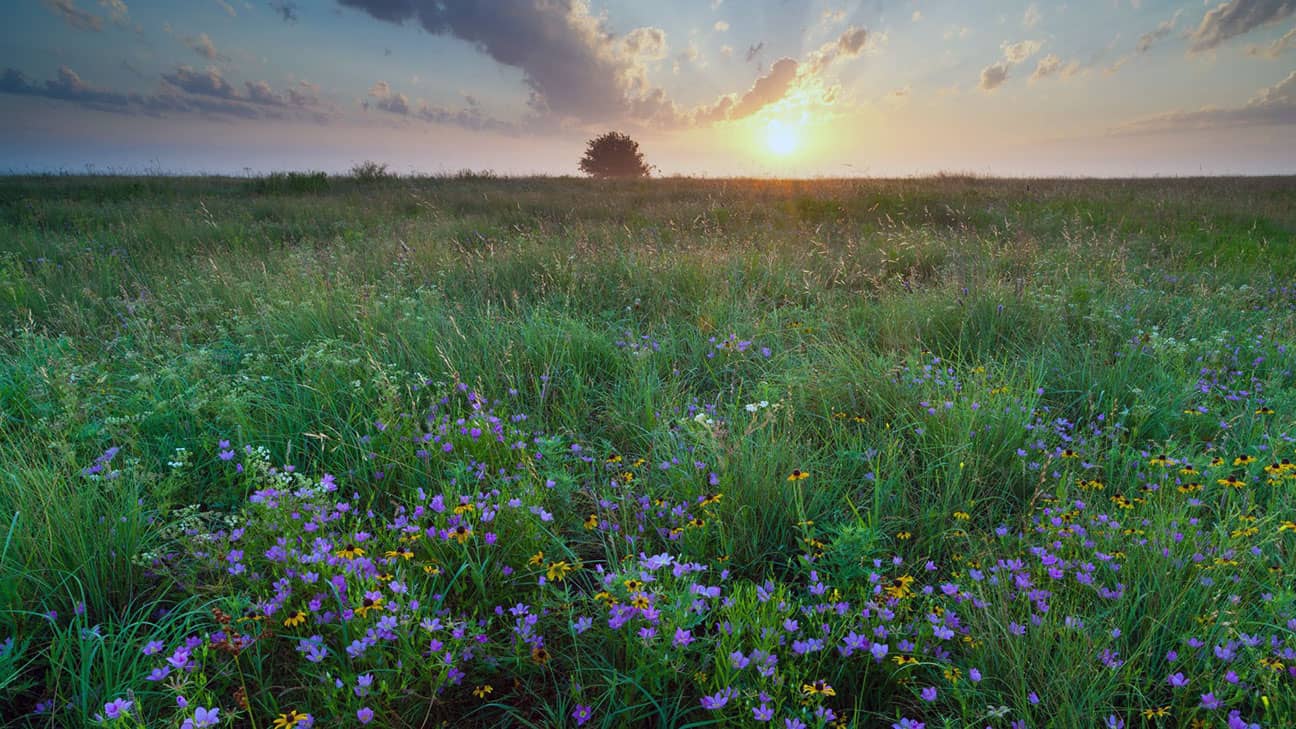
Springtime is a beautiful time for the Nation
Toffahpi yvt yakni ilatomba ya hvshi kanvlli aiukli
Published April 15, 2024By Chief Gary Batton
Mulberry month or Bihi Hvshi signifies the month of May, but it is the height of the ancestral Choctaw spring activities.
Choctaw ancestors were treated to sweet berries and other wild grown vegetation that comes with the warmer springtime months. Mulberries and strawberries were among the earliest fruits to ripen so those berries were the first to be harvested by early Chahta. Later, into the spring, other berries such as blackberries, blueberries, and wild plums were plentiful to the tribe and were used to make sweet treats.
The berries were so important to the early Chahta that planned fruit orchards were planted next to the main tribal area. The fresh berries were a welcome addition to the Chahta household as it was a break from the dried foods that sustained the tribe through winter months. Mulberry tree bark was also used to produce thread for making textiles for the tribe.
Spring was also a time for the harvesting of bison fur to use in making clothing or bags. The bison would shed their winter coat to prepare for the warmer months. Spring also signals a time for the tribe to plant their largest field of corn to be grown for food and basket weaving. Many of these “community fields” were planted around the tribal areas so there was easy access to food for the tribe. These “community fields” were usually planted during this time so the animals would eat the other vegetation and berries before turning to corn for sustenance.
Tanchi Tohbi, white corn, was used in making bread. Tanchi Bokanli, breaking open corn, was a popcorn, used to entertain visitors. Because corn is wind pollinated, Chahta farmers of later years grew different varieties in fields located in different places.
Choctaw farmers, pre-Trail of Tears era, also planted patches of winter squash, pumpkin, and African melon. Older women sat on platforms during the day, working on artwork and scaring away birds, animals, or hungry boys that tried to enter the melon patch.
By late May, the corn in the communal fields would be about one foot tall and ready for the first hoeing. Fieldwork would continue through the growing season.
Today in the Choctaw Nation, we also rely on our tribal members to help grow and maintain a healthy tribe. We rely on each other to push forward the Chahta spirit of Faith, Family and Culture. Although the needs of the tribe have changed, the Choctaw Nation is a strong and healthy tribe due to the decisions made by our leadership, tribal council, and the goodwill of the Chahta people.
The Choctaw Nation is a beautiful place filled with hard-working, self-empowered Chahta who take pride in their labors to forge a better life for their families. The tribe is here to maintain our sovereign way of life and to ensure that our community is here for each other, much in the same way that our Chahta ancestors helped their neighbors in the planting and harvesting of crops from the “community fields.”
I challenge you to take time and remember the way of the Chahta people, whose independent spirit forged a prosperous path for generations to come. Ask yourself, what you can do to help grow and maintain our tribe not only for your family and neighbors today but future generations of Chahta. And take a moment to enjoy springtime greenery and scenery across our beautiful reservation.
I also challenge you to learn more about Choctaw Culture by visiting the Choctaw Cultural Center in Durant. The center is open from 10 a.m. to 5 p.m. Tuesday through Saturday.